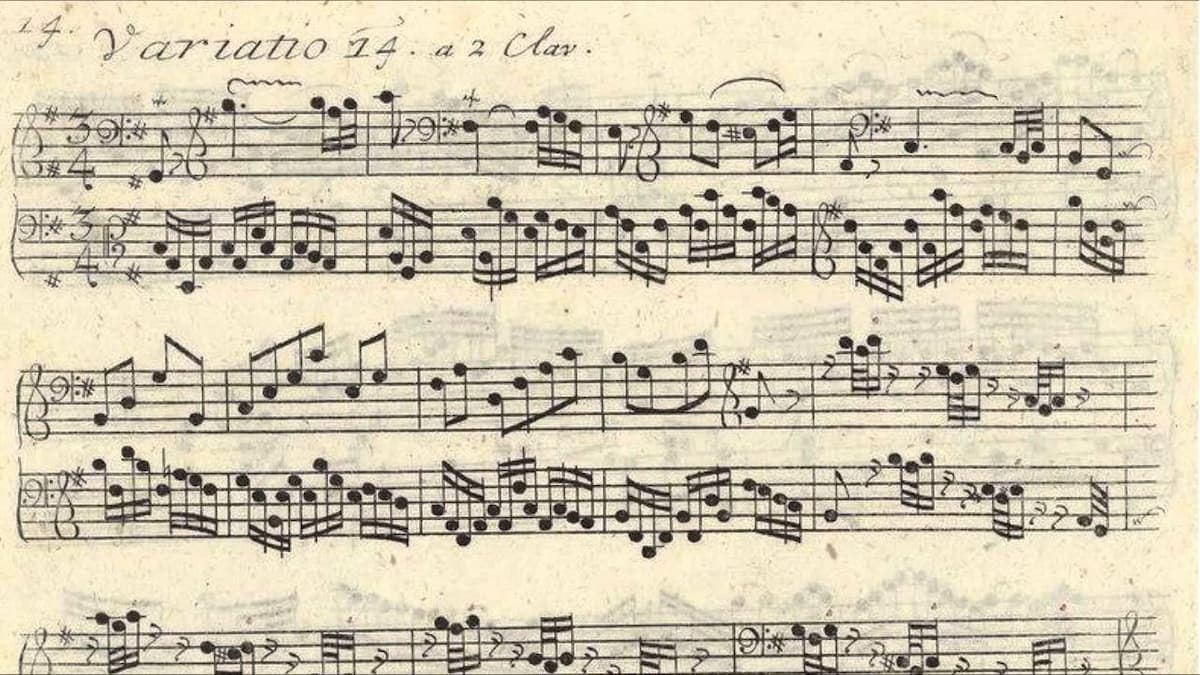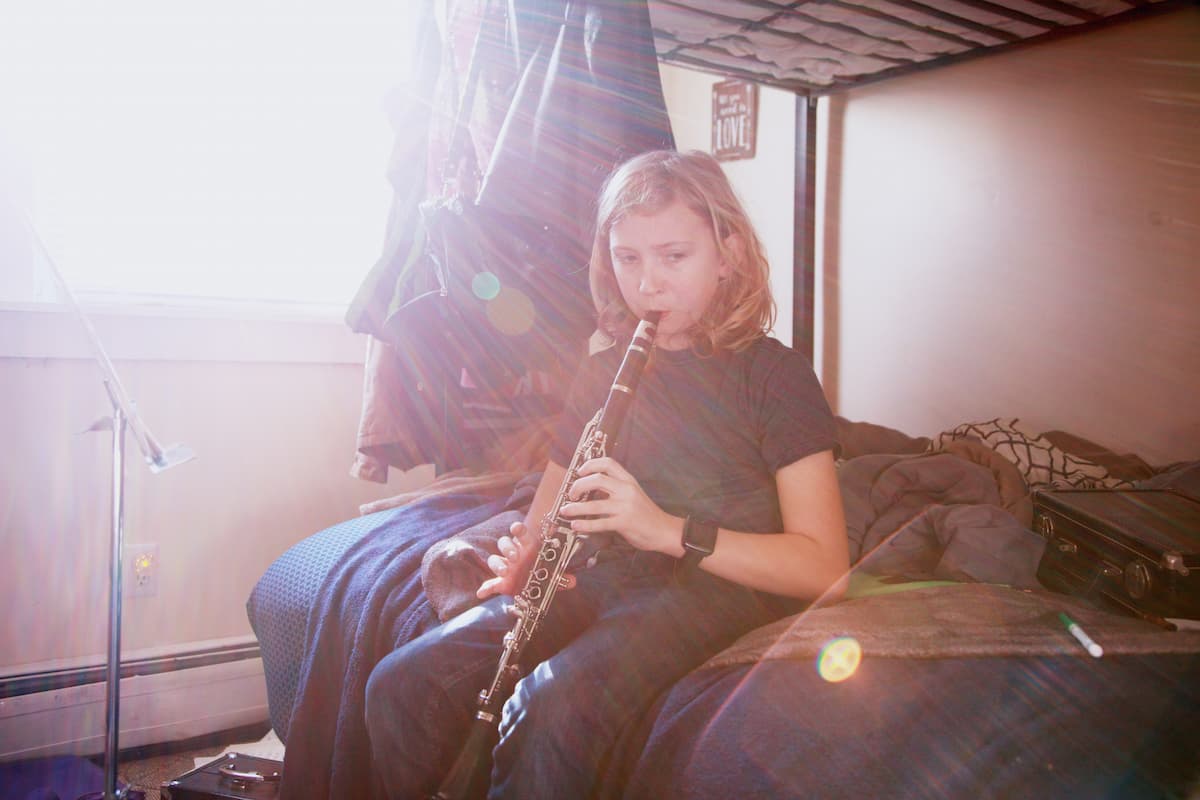I have written before about how some repertoire is considered “off limits” to amateur pianists, and should remain the preserve of the professional. I think what such an attitude demonstrates is how the “core canon” of piano repertoire is held in high regard, almost to the point of zealotry, and that certain pieces should remain on their exalted pedestals, accessible only to a chosen few.

Goldberg Variations, BWV 988 – Variation 14 music score
My view has always been that the music is there for the many, not the few, that it was written to be played, whether you are a world-famous professional musician or a “Sunday pianist” who enjoys playing in the privacy of your own home. We forget that many of the pieces which now regularly grace concert programmes around the world were intended for a more intimate salon or domestic setting – music to be played for friends and amongst friends, or at home.
One piece which seems to reside on the Mount Olympus of piano repertoire is Bach’s Goldberg Variations. Revered by musicians, students, critics, teachers, academics, and audiences, the Goldbergs represent music of highest order of complexity, invention, technical challenge, expression, and – if one is playing the entire set – stamina!
One of the foremost reasons for the Goldberg Variations’ esteemed reputation is the sheer technical and artistic mastery the work demands of the pianist. Comprising an intricate series of 30 variations upon a simple bass line, this music presents a seemingly formidable challenge to even the most accomplished pianist. Each variation presents its own unique set of technical hurdles, from rapid hand crossings to intricate ornamentation and virtuosic passages. In addition, the Goldberg Variations are celebrated for their intellectual depth, requiring an understanding of counterpoint, harmony, and structure. Then there is the emotional and expressive depth of this music: each variation is infused with a distinct character and mood. From playful, witty, and cheerful to melancholic and introspective, the variations traverse a wide emotional spectrum.
J.S. Bach: Goldberg Variations, BWV 988 – Aria (Pavel Kolesnikov, piano)

3D portrait of J.S. Bach by Hadi Karimi
Of course, these aspects are true of many other pieces, not just those by Bach, but the piano sonatas of Haydn, Mozart, Beethoven, and Schubert, for example; Chopin’s Nocturnes; Brahms’ Intermezzi, and much, much more. These are universal aspects which make music interesting and engaging, challenging and satisfying.
While the amateur pianist may not be able to tackle the entire Goldberg Variations, individual variations are within reach of the intermediate to early advanced player: the Aria, and Variations 1, 2, 4, 7, 13, 18, 19, 21 and 25 – and all can be played and enjoyed as stand-alone pieces. (The Aria appears in the 2024 Trinity College London Grade 8 piano syllabus, thus bringing this wonderful music to students of all ages, and, perhaps, encouraging further exploration of Bach’s mighty achievement.)
J.S. Bach: Goldberg Variations, BWV 988 – Variatio 4. a 1 Clav. (Joanna MacGregor, piano)
J.S. Bach: Goldberg Variations, BWV 988 – Variatio 24. Canone all’Ottava. a 1 Clav. (Lang Lang, piano)

© skoove.com
As a starting point for tackling some of the Goldberg Variations, it is worth exploring some of Bach’s other keyboard music, both as a player and a listener. For example, the two- and three-part inventions are a useful lesson in his use of counterpoint; while the 48 Preludes and Fugues demonstrate a wide range of moods and colours. Within the suites, there are movements which recall the Aria of the Goldbergs (for example, the Sarabande from the fifth French Suite). In addition, all of Bach’s keyboard music offers insight into his invention and imagination, his harmonic language, and his use of ornamentation to enhance the melodic line.
J.S. Bach: French Suite No. 5 in G Major, BWV 816 – III. Sarabande (Murray Perahia, piano)
Learning the Goldberg Variations, whether in its entirety or single variations, is an absorbing, long-term endeavour for any pianist. Be patient and embrace the journey, but never ever believe that as an amateur pianist, you shouldn’t be playing this glorious music! There will be moments of frustration, but perseverance will lead to growth as a pianist, a sense of personal achievement, and a deeper understanding of Bach’s wonderful music.
For more of the best in classical music, sign up for our E-Newsletter




